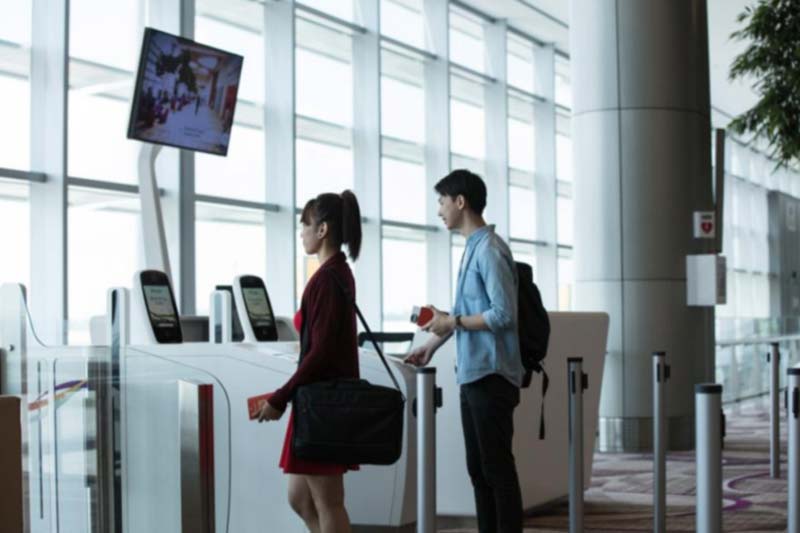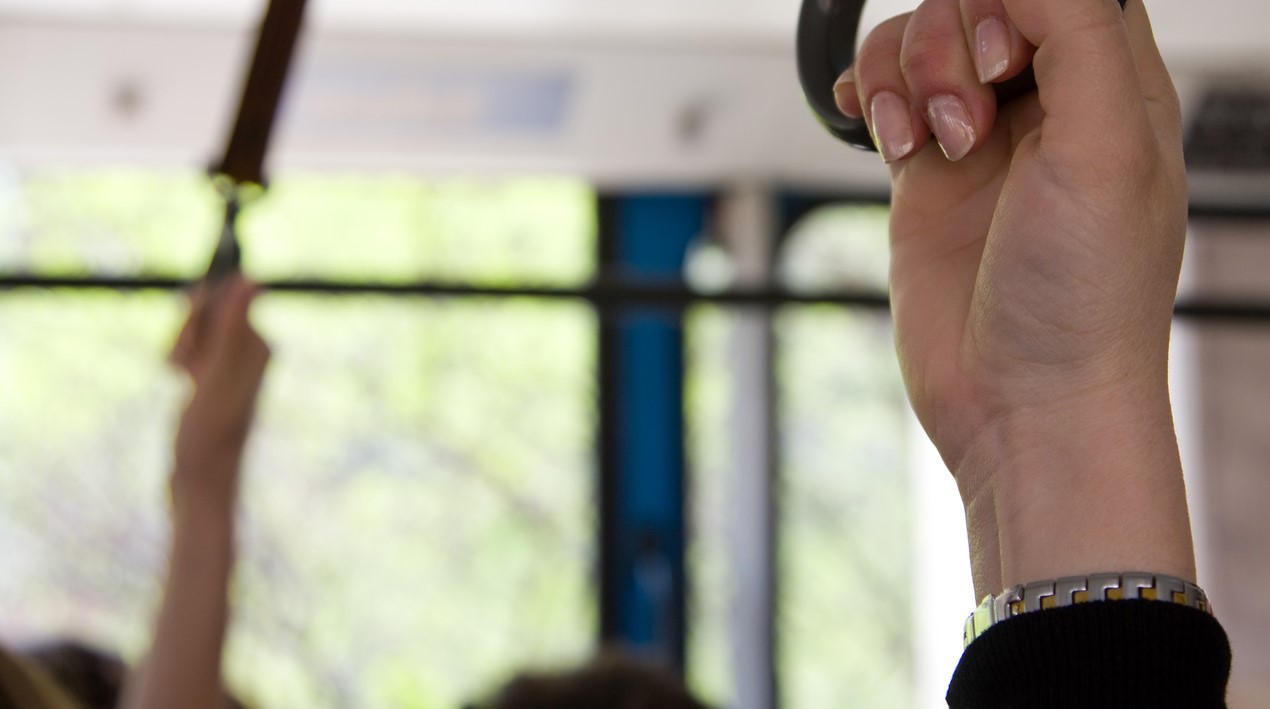
Above photo: Automated boarding gate using facial recognition at Terminal 4, Changi Airport/ Credit: Changi Airport Group
Last week, the Ministry of Defence (MINDEF) Singapore revealed a new innovative solution for security screening at bases, developed by a team of personnel from the Republic of Singapore Navy and DSTA Defence Science and Technology Agency, through a post on its Facebook page. Called “Smart Base Access”, the solution uses a smartphone app and Facial Recognition Technology to expedite visitor security screening when entering Singapore Armed Forces bases.
This system can help create manpower savings. For example, security troopers responsible for performing security checks can be redeployed to other areas to bolster security in those places, while visitors can get into camps more conveniently and wastage of time will be reduced. The team was awarded prototype funding at the first Public Service Innovation Challenge held on October 24. The pilot trial is expected to be conducted at RSS Singapura – Changi Naval Base in the first quarter of 2018.
Facial recognition is one of the key applications of Artificial Intelligence (AI) technology. The technology has matured significantly during the past few years. It can have wide range of applications, in areas where detection or authentication of individuals is required. In China, the technology is being used for payments, check-in at airports, catching jaywalkers on the street or criminals attending a beer festival, campus security and more.
As Singapore forges ahead on its Smart Nation journey, this technology could play a key role. We take a look here at how the Singapore Government is exploring facial recognition technology.
National Digital Identity (NID) framework
The NID framework, aims to enable citizens and businesses to transact digitally in a convenient and secure manner, is one of the strategic smart nation projects. The current National Registration Identity Card (NRIC) system is primarily analogue, a card which people carry in their wallets containing personal information, information which resides in government databases. The government wants to create a secure digital identification system and have the infrastructure made available not just for government, but the private sector as well.
In response to a parliamentary query on October 3, regarding the application of biometric elements in the new digital identity system, Senior Minister of State for Communications and Information and Education, Dr. Janil Puthucheary replied that the Government is exploring various forms of biometric technologies such as facial recognition, to enhance the security for identification, authentication and authorisation.
Dr. Puthucheary said, “We are particularly interested in form factors that make it convenient for the elderly, the young and the disabled to use and benefit from the NDI. Smart Nation must serve all segments of the population.”
Terminal 4 at Changi Airport
At the newly opened Terminal 4 (T4) at Singapore’s Changi Airport, facial recognition technology has been incorporated into a suite of Fast and Seamless Travel (FAST) options.
The Automated Immigration Gates (AIG) are using a dual facial and thumbprint biometric recognition system, enhancing the automated lanes currently being used at existing terminals which use thumbprints.
At the Automated Boarding Gates (ABG), passengers only need to scan their boarding pass at the boarding gate, and authenticate their identity by taking a photo. The facial recognition system matches this photo against the photo taken earlier at the AIG.
Facilitating use of facial recognition in the economy
In the opening address at the Public Service Conference 2017, on October 2, Mr. Ong Ye Kung, Minister for Education (Higher Education and Skills), Mr. Ong talked about testing being done in China for the use of facial recognition systems for financial services, including ATM withdrawals.
He also said, “By the end of the year, the iPhone X will be released with facial recognition capabilities. Some of you may have seen how Changi Terminal 4 (T4), which is opening at the end of this month, will use facial recognition for checking in for airlines. There are various reasons hotels have not adopted this technology for check-ins. But what we want to ensure is that it is not our own rules that trip it up.”
So, the Singapore Tourism Board (STB) will be working with the hotel industry to come up with suitable prototypes. The Ministry of Home Affairs (MHA) is supporting the effort by creating a sandbox, a little “white space”, to enable hotels to test-bed such technologies.
















